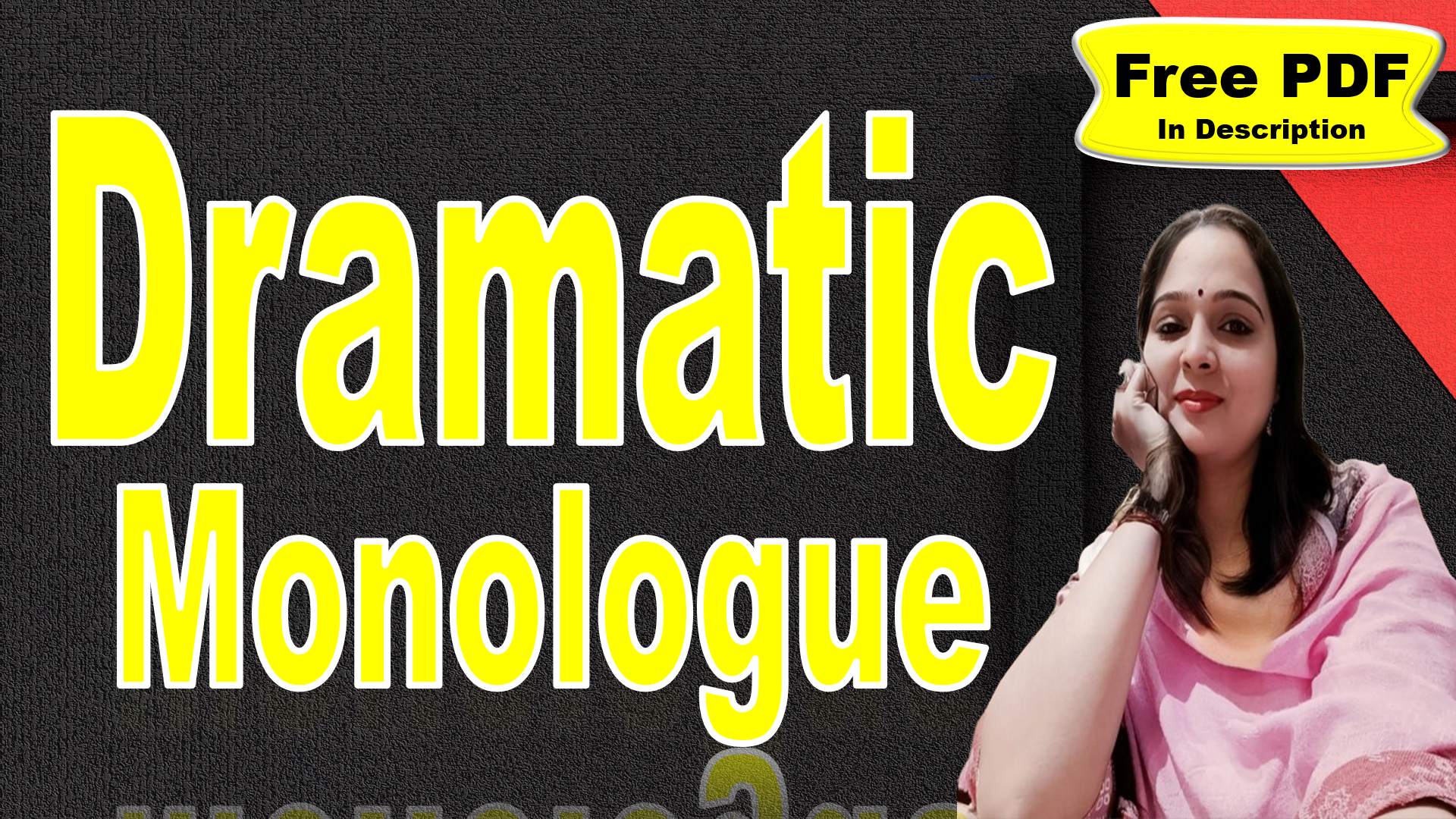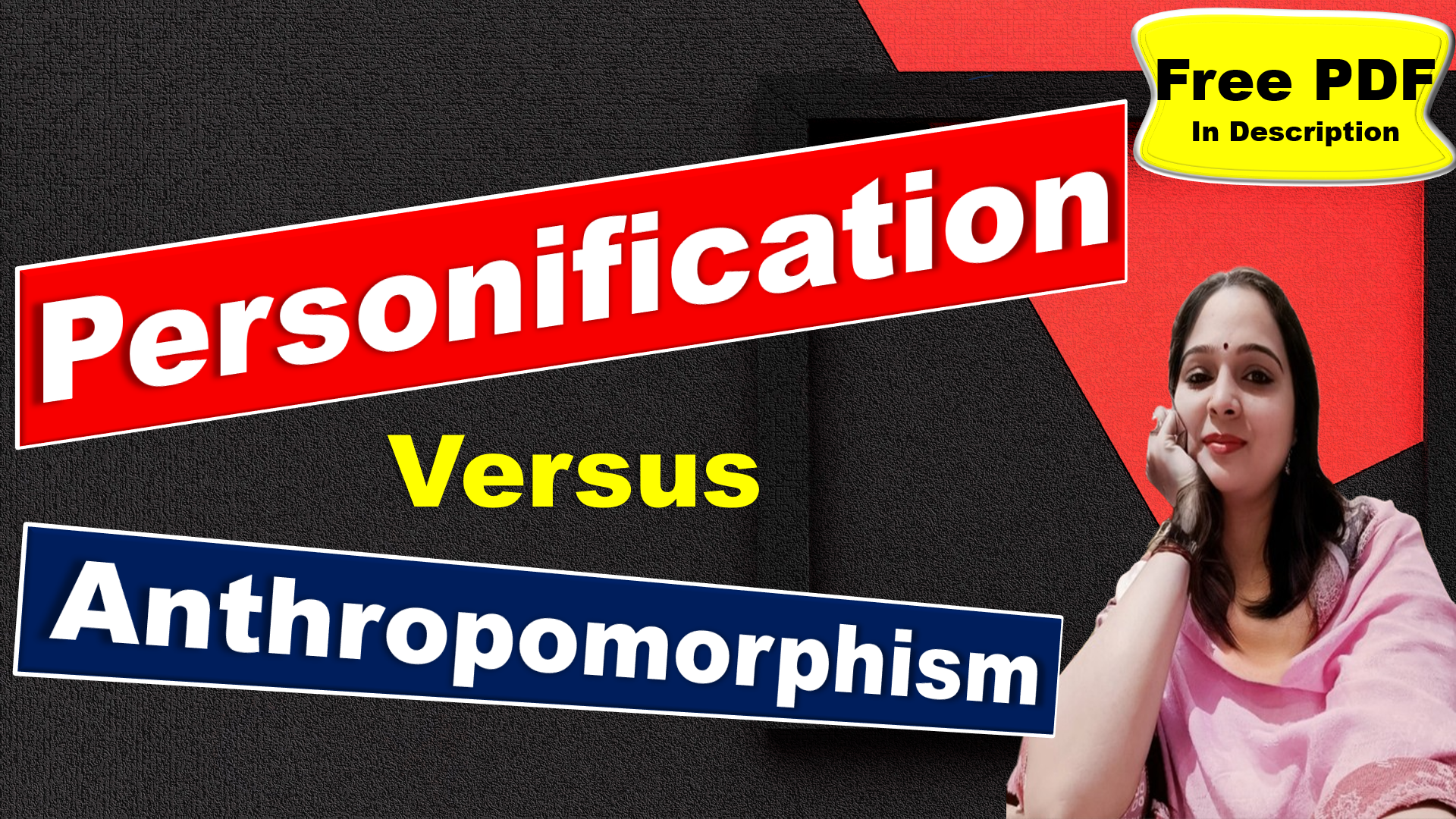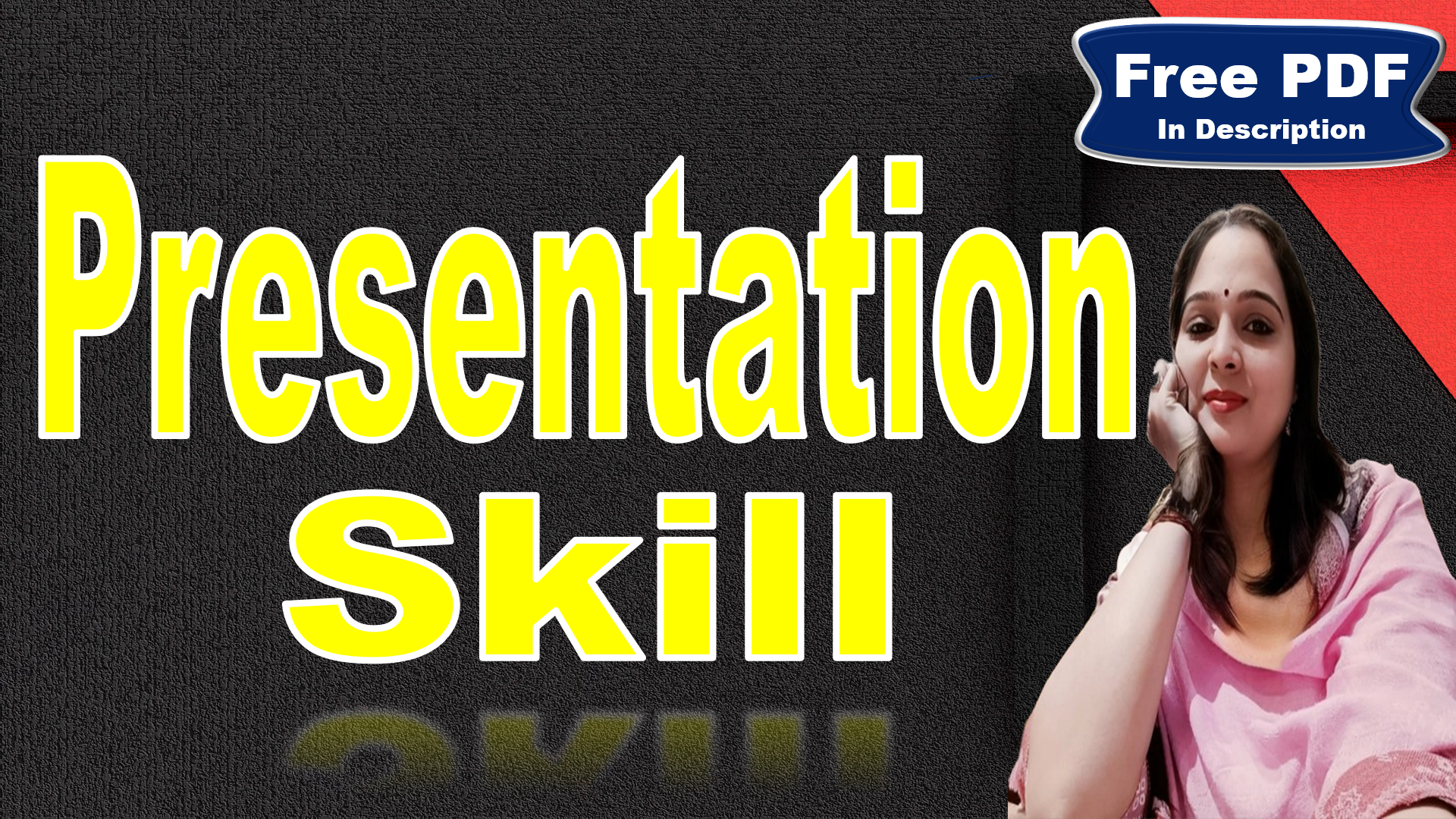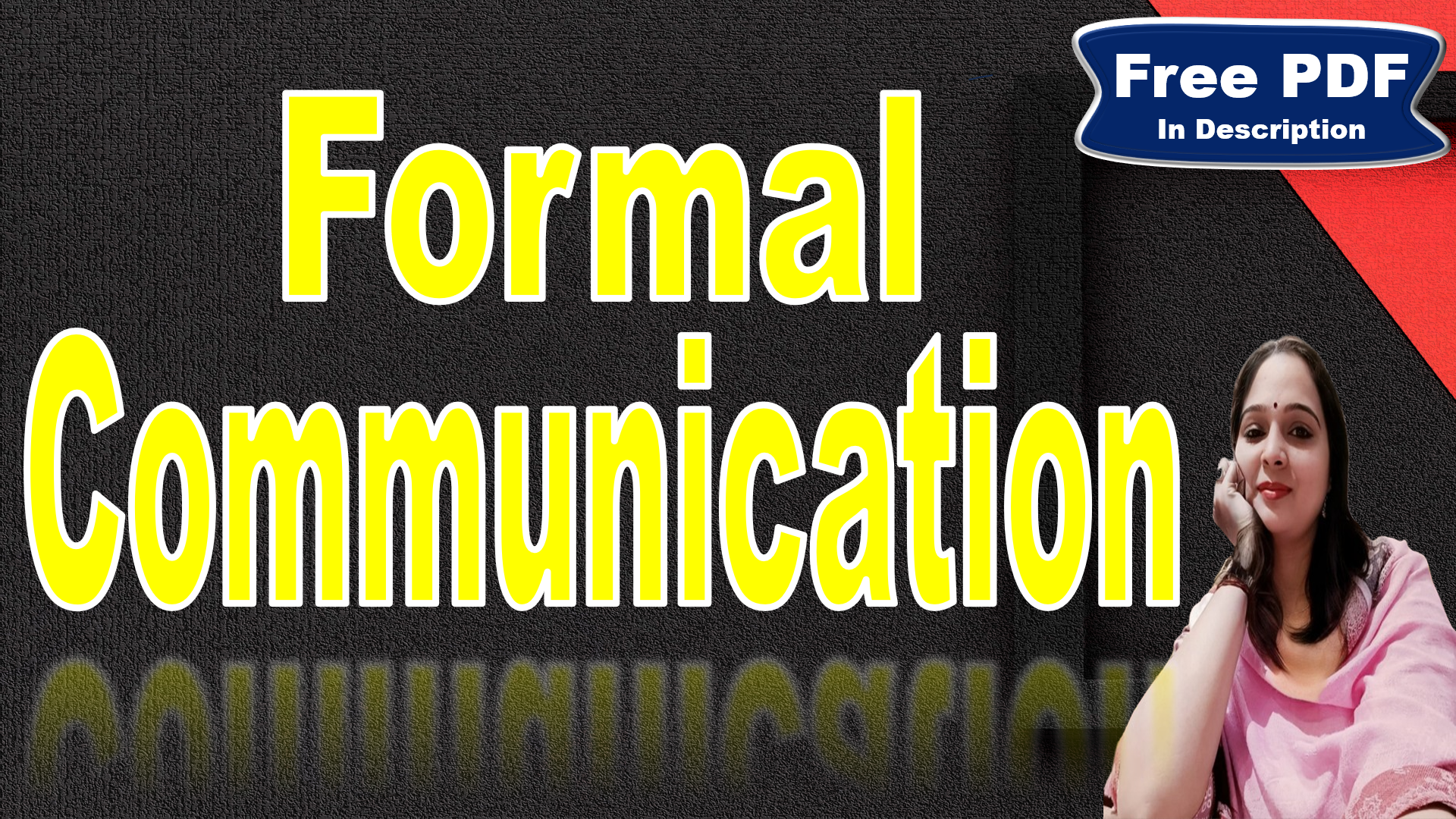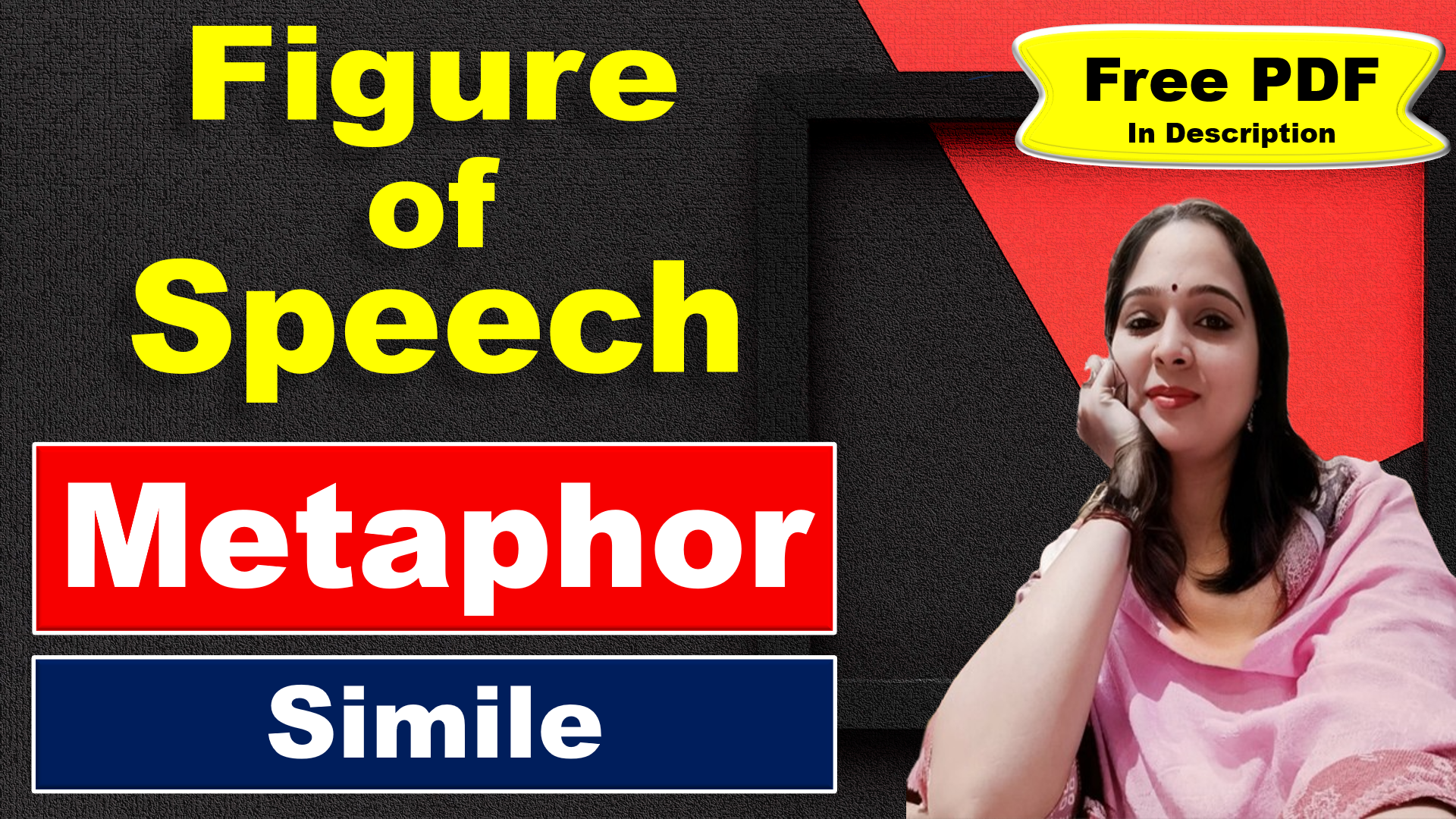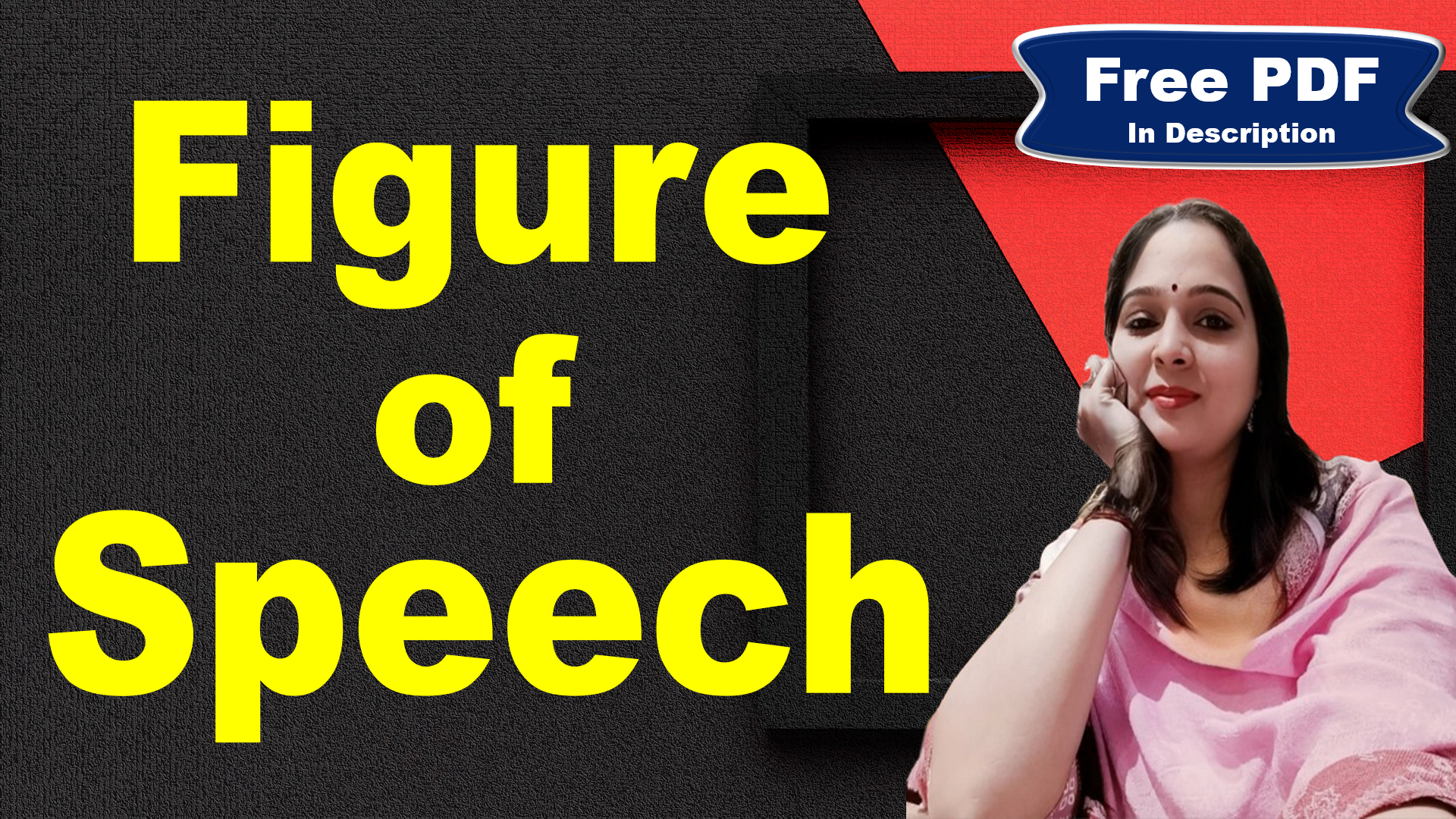4. Structure and Organization
Structure and organization in prose refer to the framework and arrangement of the story’s elements. They play a crucial role in how the narrative unfolds and how it’s received by the reader. Here’s an elaboration on plot structure, pacing, and foreshadowing:
Plot Structure:
Plot structure is the sequence of events that make up a story. It’s the backbone of the narrative.
Linear Structure: Events are presented in chronological order, from beginning to end.
Non-linear Structure: The story may jump around in time, using flashbacks or flash-forwards to tell the story.
Circular Structure: The story ends where it began, often reflecting a journey that leads back to the starting point.
Pacing:
Pacing refers to the speed at which a story progresses. It can greatly affect the tension and emotional impact of the narrative.
Fast Pacing: A rapid succession of events can create excitement and suspense.
Slow Pacing: A more leisurely pace allows for deeper character development and setting descriptions.
Uneven Pacing: Intentional variations in speed can highlight important moments or create a rhythm.
Foreshadowing:
Foreshadowing is a technique used to hint at future events in the story. It builds anticipation and adds layers of complexity to the plot.
Direct Foreshadowing: An overt clue that suggests what will happen later in the story.
Indirect Foreshadowing: Subtle hints that may not be immediately apparent but become clear as the story progresses.
5. Prose Devices
Prose devices are literary techniques used to enhance narrative, description, and argumentation in prose writing. These devices help to create rhythm, emphasize important ideas, and engage readers on multiple levels. Here are some key prose devices:
Parallelism (Parallel Plots): Parallelism involves using elements in sentences that are grammatically similar or identical in structure. This can also extend to parallel plots within a story, where two narratives run side by side and often intersect.
Flashback and Foreshadowing: These devices involve the temporal manipulation of the narrative. Flashbacks take the reader back in time to provide context or background, while foreshadowing hints at events that will come later.
Imagery: Imagery uses descriptive language to create visual representations in the reader’s mind. It can appeal to all senses and is used to evoke emotions and set the mood.
Symbolism: Symbolism uses symbols to represent ideas or qualities. These symbols can be objects, characters, figures, or colors that carry additional meanings beyond their literal sense.
Irony: Irony occurs when there’s a contrast between expectation and reality. This can be situational, verbal, or dramatic, often leading to humorous or poignant outcomes.
Metaphor and Simile: Metaphors make implicit comparisons without using “like” or “as,” while similes make explicit comparisons using those words. Both enrich the text by linking the familiar with the unfamiliar.
Alliteration and Assonance: Alliteration is the repetition of consonant sounds at the beginning of words, while assonance is the repetition of vowel sounds within words. These devices add a lyrical quality to prose.
Allegory: An allegory is an extended metaphor where characters and events symbolize deeper truths or generalizations about human existence.
6. Contextual Elements
Contextual elements in prose encompass the various external factors that influence both the writing and the reading of a narrative. These elements provide a backdrop that can deepen the understanding of the text. Here’s an elaboration on historical context, cultural references, and the author’s background:
Historical Context:
Historical context refers to the specific time period during which a story is set or when it was written. It includes the political, social, economic, and cultural conditions of that time.
Impact on Content: The historical context can shape the themes, characters, and events within a story.
Understanding Nuances: Knowledge of the historical context can help readers grasp subtleties and motivations that may not be explicitly stated.
Cultural References:
Cultural references include mentions of events, figures, or beliefs that are significant within a particular culture.
Enhancing Realism: These references can add authenticity to a story by grounding it in a recognizable reality.
Symbolic Meaning: Cultural references can also carry symbolic weight, contributing to the story’s thematic depth.
Author’s Background
The author’s background encompasses their personal history, experiences, beliefs, and prior works.
Influence on Writing: An author’s background can inform their perspective and thus influence their writing style, themes, and character development.
Biographical Criticism: Some readers enjoy exploring how an author’s life may be reflected in their work.
